Arnold, Michael L. 2008. Reticulate Evolution and Humans: Origins and Ecology. Oxford University Press.
Bell, D.; Roberton, S.; and Hunter, P. R. 2004. "Animal Origins of SARS Coronavirus: Possible Links with the International Trade in Small Carnivores." Philosophical Transactions of the Royal Society of London, Series B, Biological Sciences 359:1107-1114.
Bisby, F.A.; Roskov, Y.R.; Orrell, T.M.; Nicolson, D.; Paglinawan, L.E.; Bailly, N.; Kirk, P.M.; Bourgoin, T.; Baillargeon, G.; and Ouvrard, D. (red.). 2011. "Cynogale bennettii Gray, 1837."Species 2000 & ITIS Catalogue of Life: 2011 Annual Checklist. Reading, UK. Retrieved July 39, 2014.
- Available at: http://www.itis.gov/servlet/SingleRpt/SingleRpt?search_topic=TSN&search_value=621977
- Available at: http://www.catalogueoflife.org/col/details/species/id/6902609
- Available at: http://www.catalogueoflife.org/col/details/species/id/7005165
- Available at: http://www.catalogueoflife.org/col/details/species/id/7005166
Boelens, Bo; Watkins, Michael; and Grayson, Michael. 2009. The Eponym Dictionary of Mammals. Johns Hopkins University.
Boudet, Ch. 10 January 2009. "Species Sheet: Otter Civet, Mampalon." Mammals' Planet: Vs n°4, 04/2010. Retrieved July 30, 2014.
- Available at: http://www.planet-mammiferes.org/drupal/en/node/38?indice=Cynogale+bennettii
Boudet, Ch. 10 January 2009. "Subspecies Sheet [Cynogale bennettii barbatus]." Mammals' Planet: Vs n°4, 04/2010. Retrieved July 30, 2014.
- Available at: http://www.planet-mammiferes.org/drupal/en/node/39?indice=Cynogale+bennettii+barbatus
Boudet, Ch. 10 January 2009. "Subspecies Sheet [Cynogale bennettii bennettii]." Mammals' Planet: Vs n°4, 04/2010. Retrieved July 30, 2014.
- Available at: http://www.planet-mammiferes.org/drupal/en/node/39?indice=Cynogale+bennettii+bennettii
Boudet, Ch. 10 January 2009. "Subspecies Sheet [Cynogale bennettii carcharias]." Mammals' Planet: Vs n°4, 04/2010. Retrieved July 30, 2014.
- Available at: http://www.planet-mammiferes.org/drupal/en/node/39?indice=Cynogale+bennettii+carcharias
Boudet, Ch. 10 January 2009. "Subspecies Sheet: Lowe's Otter Civet." Mammals' Planet: Vs n°4, 04/2010. Retrieved July 30, 2014.
- Available at: http://www.planet-mammiferes.org/drupal/en/node/39?indice=Cynogale+bennettii+lowei
Cassell's Universal Portrait Gallery: A Collection of Portraits of Celebrities, English and Foreign. With Facsimile Autographs. 1895. London, Paris & Melbourne: Cassell and Company, Limited.
- Available via Internet Archive at: https://archive.org/details/cassellsuniversa00londiala
Cheyne, S. M.; Husson, S. J.; Macdonald, D. W. 2010. "First Otter Civet Cynogale bennettii Photographed in Sabangau Peat-swamp Forest, Indonesian Borneo." Small Carnivore Conservation 42:25–26.
Corbet, G.B.; and Hill, J.E. 1992. Mammals of the Indo-Malayan Region: A Systematic Review. Oxford, U.K.: Oxford University Press.
"Cynogale bennettii." National Center for Biotechnology Information: NCBI Taxonomy GBIF ID
106212085. Copenhagen, Denmark: GBIF. Retrieved July 30, 2014.
- Available at: http://www.gbif.org/species/106212085
"Cynogale bennettii." Mongabay. Retrieved July 30, 2014.
- Available at: http://biodiversity.mongabay.com/animals/c/Cynogale_bennettii.html
“Cynogale bennettii Gray, 1837.” The Marine Biological Universal Biological Indexer and Organizer. Retrieved July 30, 2014.
- Available at: http://www.ubio.org/browser/details.php?namebankID=105774
"Cynogale bennettii bennettii Gray, 1837." The Marine Biological Universal Biological Indexer and Organizer. Retrieved July 30, 2014.
- Available at: http://www.ubio.org/browser/details.php?namebankID=11271823
"Cynogale bennettii lowei Pocock, 1933." The Marine Biological Universal Biological Indexer and Organizer. Retrieved July 30, 2014.
- Available at: http://www.ubio.org/browser/details.php?namebankID=11271821
"Cynogale bennettii: Otter Civet." Encyclopedia of Life. Retrieved July 30, 2014.
- Available at: http://eol.org/pages/328078/details
"Cynogale bennettii (Sunda Otter Civet)." ZipcodeZoo: Species Identifier 4167. Retrieved July 30, 2014.
- Available at: http://zipcodezoo.com/animals/c/cynogale_bennettii/
Driver, Stephanie (ed.). 2008. Exploring Mammals, Volume 3. Tarrytown, NY: Marshall Cavendish Corporation.
Duckworth, J.W.; Sebastian, T.; Jennings, A.; and Veron, G. 2008. "Cynogale bennettii." In: IUCN 2014. International Union for Conservation of Nature and Natural Resources Red List of Threatened Species. Version 2014.1. Retrieved July 30, 2014.
- Available at: http://www.iucnredlist.org/details/full/6082/0
Duff, Andrew; and Lawson, Ann. 2004. Mammals of the World: A Checklist. Yale University Press.
Ewer, R.F. 1998. The Carnivores. Cornell University Press: Cornell Paperbacks.
Francis, Charles M. 1 January 2008. A Field Guide to the Mammals of South-East Asia. New Holland Publishers.
Gaubert, P.; and Cordeiro-Estrela, P. 2006. “Phylogenetic Systematics and Tempo of Evolution of the Viverrinae (Mammalia, Carnivora, viverridae) within Feliformians: Implications for Faunal Exchanges between Asia and Africa.” Molecular Phylogenetics and Evolution 41:266-278.
Gervais, Paul. 1855. Histoire naturelle des Mammifères: Carnivores, Proboscidiens, Jumentés, Bisulques, Édentés, Marsupiaux, Monotrèmes, Phoques, Sirénides et Cétacés. Paris: L. Curmer.
- Available via Biodiversity Heritage Library at: http://biodiversitylibrary.org/page/38879170
- Available via Internet Archive at: https://archive.org/details/histoirenaturel00gervgoog
Gittleman, John L.; Funk, Stephan M.; Macdonald, David; and Wayne, Robert K. (eds.). 2001. Carnivore Conservation. Cambridge University Press: Conservation Biology 5.
Gray, J.E. 1836 [1837]. Proceedings of the Zoological Society of London 1836:88.
Hayssen, Virginia; Van Tienhoven, Ari; and Van Tienoven, Ans. Asdell’s Patterns of Mammalian Reproduction: A Compendium of Species-Specific Data. Cornell University, 1993.
Hunter, Luke; and Barrett, Priscilla. 2011. A Field Guide to the Carnivores of the World. London, Cape Town, Sydney, Auckland: New Holland Publishers (UK) Ltd.
Jennings, A. P.; and Veron, J. 2009. "Family Viverridae (Civets, Genets, and Oyans)." In: Don E. Wilson and Russel Mittermeier (Hrsg.) Handbook of the Mammals of the World Volume 1: Carnivores. Lynx Edicions.
Kondo, H.; Tesar, J.; Cloud, D.; Kagan, L. (eds.). 1972. Civets, Genets, and Linsangs, Volume 2, 3rd Edition. Milan: Fratelli Fabbri Editori.
Larivière, Serge. 2004. "Otter Civet Cynogale bennettii." P. 343 in Grzimek's Animal Life Encyclopedia, Second Edition. Volume 14: Mammals III, edited by Michael Hutchins, Devra G. Kleiman, Valerius Geist, and Melissa C. McDade. Farmington Hills, MI: Gale Group, Inc., division of Thomson Learning Inc.
Myers, P.; Espinosa, R.; Parr, C.S.; Jones, T.; Hammond, G.S; and Dewey, T.A.. 2014. "Cynogale bennettii: Otter Civet (On-line)." The Animal Diversity Web. University of Michigan Museum of Zoology. Retrieved July 30, 2014.
- Available at: http://animaldiversity.ummz.umich.edu/accounts/Cynogale_bennettii/pictures/
Nowak, Ronald M. 1999. Walker's Mammals of the World, Sixth Edition. Volume I. Baltimore: Johns Hopkins University Press.
“Otter Civet.” The Animal Files: Mammals > Carnivores. Retrieved July 30, 2014.
- Available at: http://www.theanimalfiles.com/mammals/carnivores/civet_otter.html
"Otter Civet." Earth's Endangered Creatures: Endangered Species List > Worldwide Endangered Animal List. Retrieved July 30, 2014.
- Available at: http://www.earthsendangered.com/profile.asp?ID=3&sp=2122
"Otter Civet." redOrbit: Reference Library > Mammals. Retrieved July 30, 2014.
- Available at: http://www.redorbit.com/education/reference_library/animal_kingdom/mammalia/2578182/otter_civet/
"Otter Civet (Cynogale bennettii)." Animal Info: Endangered Animals of the World. Retrieved July 30, 2014.
- Available at: http://www.animalinfo.org/species/carnivor/cynobenn.htm
“Otter Civet Pictures and Facts.” The Website of Everything: Animals > Mammals > Carnivora > Viverridae > Hemigalinae > Chrotogale. Retrieved July 30, 2014.
- Available at: http://thewebsiteofeverything.com/animals/mammals/Carnivora/Viverridae/Cynogale/Cynogale-bennettii.html
Pocock, R.I. 1912. "XXXI. On some of the External Characters of Cynogale bennettii, Gray. (Plate XIV)." The Annals of the Magazine of Natural History; Including Zoology, Botany, and Geology, vol. XV Eighth Series, no. 88: 351-360. London: Taylor & Francis.
- Available via Biodiversity Heritage Library at: https://www.biodiversitylibrary.org/page/15613077
Pocock, R.I. 1933. "The Rarer Genera of Oriental Viverridae." Proceedings of the Zoological Society of London 103(4):969-1035.
Raffo, Erica. 2000. "Cynogale bennettii: Otter Civet (On-line)." Animal Diversity Web. University of Michigan Museum of Zoology. Retrieved July 30, 2014.
- Available at: http://animaldiversity.ummz.umich.edu/accounts/Cynogale_bennettii/
Schreiber, A.; Wirth, R.; Riffel, M.; and Van Rompaey, H. 1989. Weasels, Civets, Mongooses, and Their Relatives. An Action Plan for the Conservation of Mustelids and Viverrids. Gland, Switzerland: IUCN.
Sebastian, A. C. 2005. "Sighting of a Sunda Otter Civet Cynogale bennettii in Sarawak." Small Carnivore Conservation 33:24-25.
Veron, Geraldine. 2010. “Phylogeny of the Viverridae and ‘Viverrid-like’ Feliforms.” Pp. 64-90 in Carnivoran Evolution: New Views on Phylogeny, Form and Function edited by Anjali Goswami and Anthony Friscia. Cambridge University Press: Cambridge Studies in Morphology and Molecules.
Veron, G.; Gaubert, P.; Franklin, N.; Jennings, A. P.; and Grassman Jr., L. I. 2006. "A Reassessment of the Distribution and Taxonomy of the Endangered Otter Civet Cynogale bennettii (Carnivora: Viverridae) of South-east Asia." Oryx 40:42-49.
Wilson, Don E.; and Cole, F. Russell. 2000. Common Names of Mammals of the World. Washington, D.C.: Smithsonian Institution Press.
Wilson, Don E.; and Reeder, DeeAnn M. (editors). 2005. Mammal Species of the World: A Taxonomic and Geographic Reference (3rd ed), Johns Hopkins University Press.
Wrobel, Murray (Editor). 2007. Elsevier's Dictionary of Mammals: Latin English German French Italian. Oxford, U.K.: Elsevier B.V.


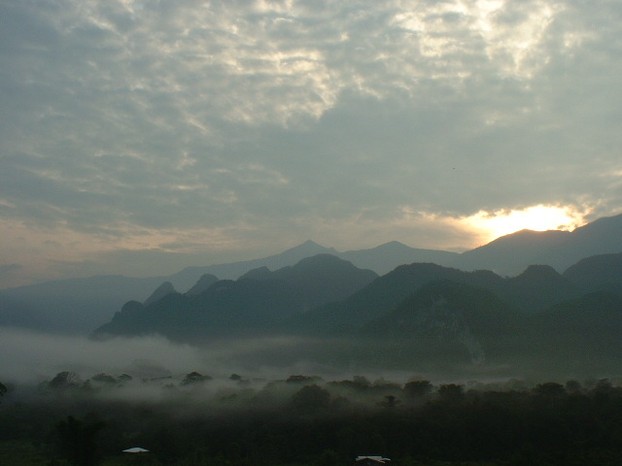
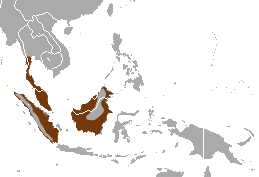
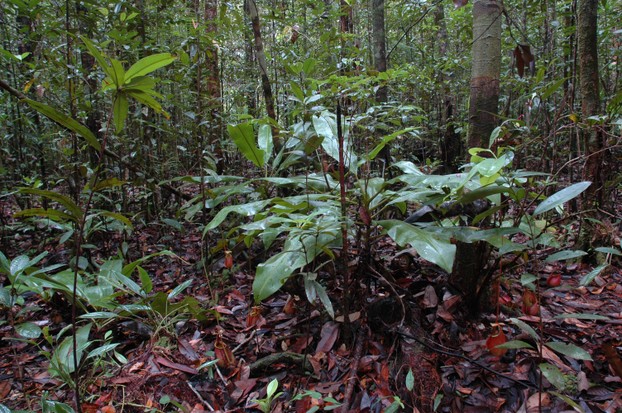
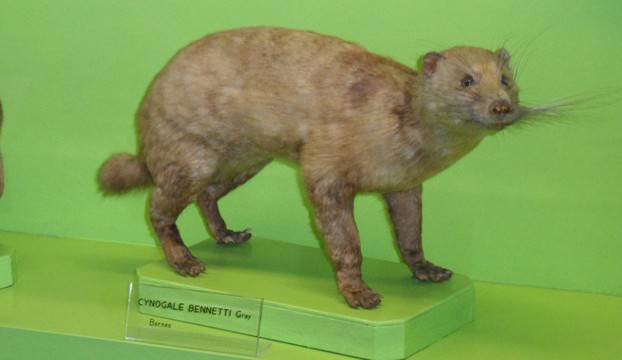
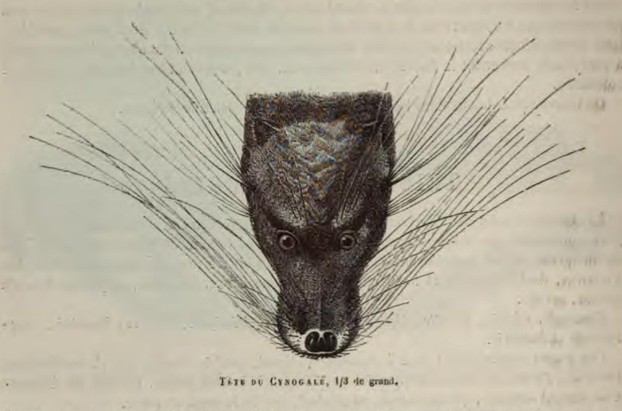
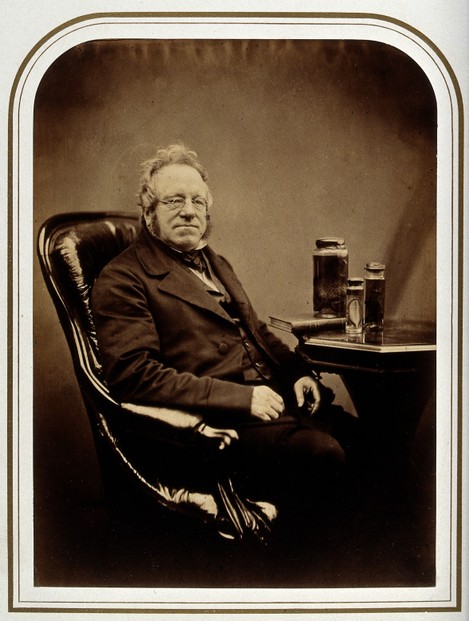
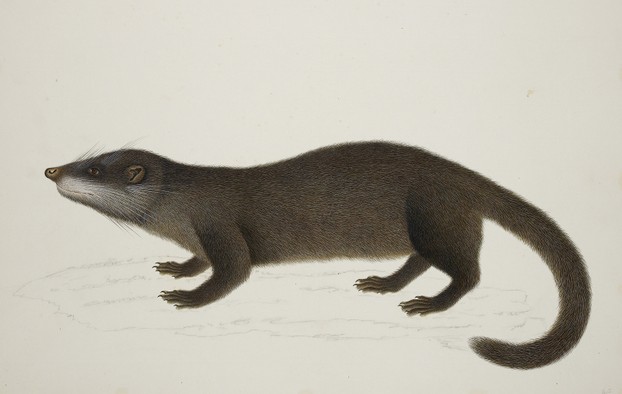
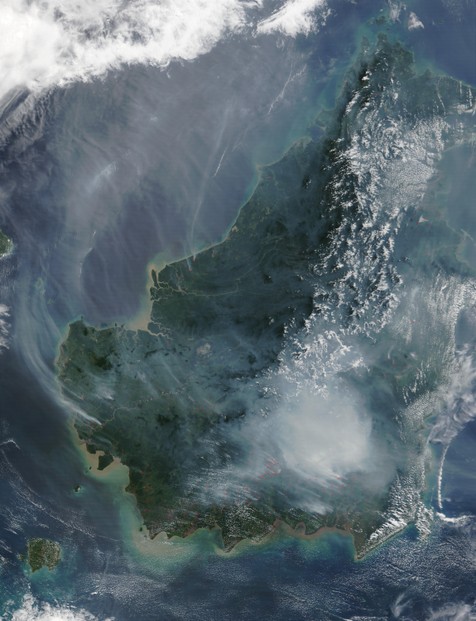
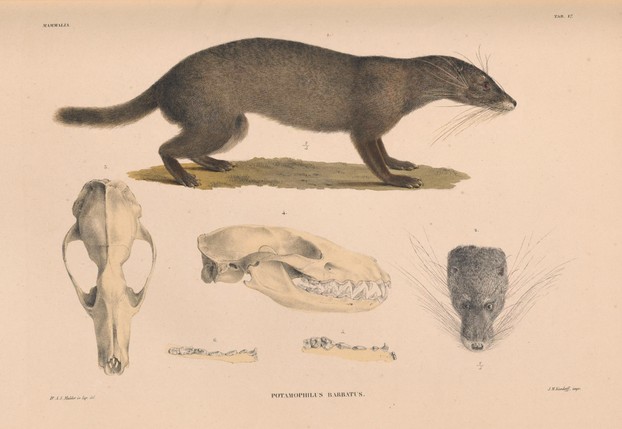
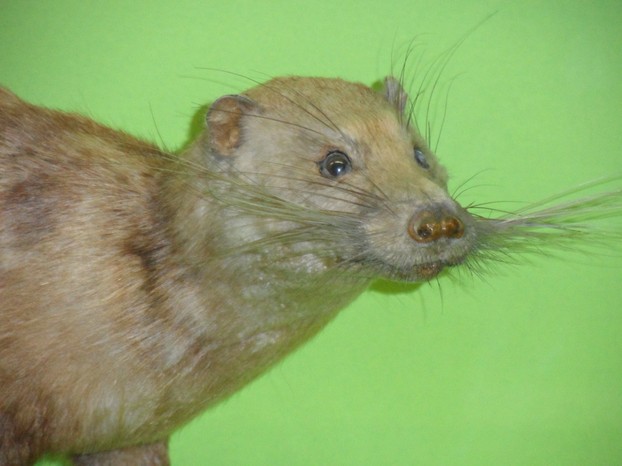





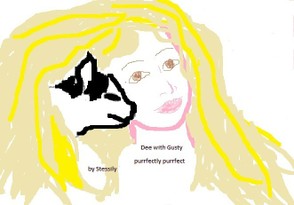
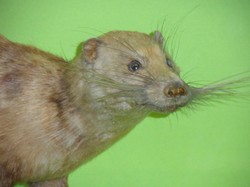

 Mailing Addresses for 2023 Form 4868 Extending 1040 and 1040SR April 15, 2024, Due Date26 days ago
Mailing Addresses for 2023 Form 4868 Extending 1040 and 1040SR April 15, 2024, Due Date26 days ago
 Mailing Addresses for 2023 Forms 1040 and 1040SR Filed in 202426 days ago
Mailing Addresses for 2023 Forms 1040 and 1040SR Filed in 202426 days ago
 Mailing Addresses for 2022 Form 4868 Extending 1040 and 1040SR April 18, 2023, Due Dateon 04/13/2023
Mailing Addresses for 2022 Form 4868 Extending 1040 and 1040SR April 18, 2023, Due Dateon 04/13/2023
 Mailing Addresses for 2022 Forms 1040 and 1040SR Filed in 2023on 04/13/2023
Mailing Addresses for 2022 Forms 1040 and 1040SR Filed in 2023on 04/13/2023

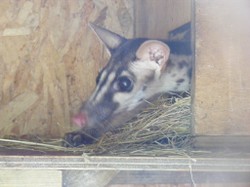
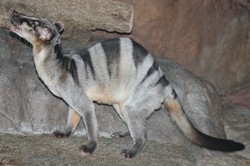
Comments